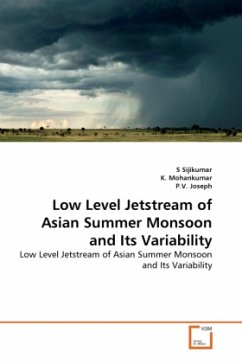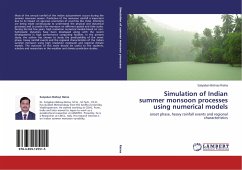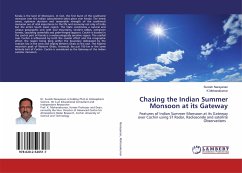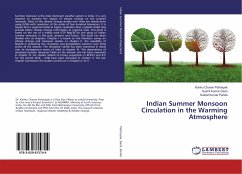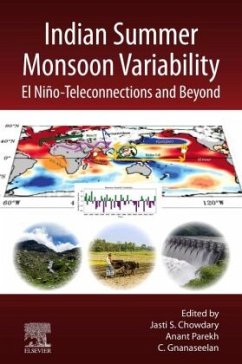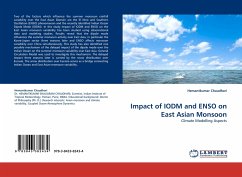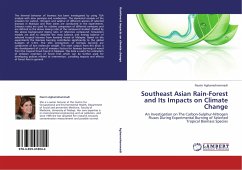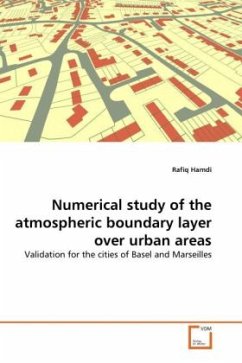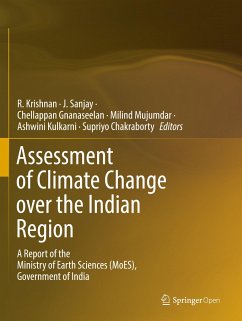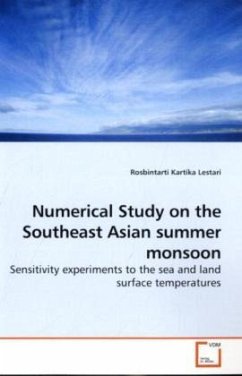
Numerical Study on the Southeast Asian summer monsoon
Sensitivity experiments to the sea and land surface temperatures
Versandkostenfrei!
Versandfertig in 6-10 Tagen
32,99 €
inkl. MwSt.

PAYBACK Punkte
16 °P sammeln!
Understanding the mechanisms driving the Asian monsoon is expected to be an important information in the climate studies. Through the global circulation model (GCM)sensitivity experiments, we show that both seasonal marches of the land-sea thermal contrast and sea surface temperature (SST) contribute to the onset of the Southeast Asian summer monsoon (SEAM). The land-sea thermal contrast induces the low-level wind surrounding the Eurasian continent and makes a primary contribution to the formation of the Asian monsoon westerlies. The seasonal march of SST destabilizes the stratification, induc...
Understanding the mechanisms driving the Asian monsoon is expected to be an important information in the climate studies. Through the global circulation model (GCM)sensitivity experiments, we show that both seasonal marches of the land-sea thermal contrast and sea surface temperature (SST) contribute to the onset of the Southeast Asian summer monsoon (SEAM). The land-sea thermal contrast induces the low-level wind surrounding the Eurasian continent and makes a primary contribution to the formation of the Asian monsoon westerlies. The seasonal march of SST destabilizes the stratification, induces the ITCZ jump from southern to northern hemisphere over the maritime continent, strengthens the Hadley circulation and then enhances the monsoon westerlies through effective transport of the absolute angular momentum. In the mature phase of SEAM, the well developed monsoon westerlies largely intensify the South China Sea (SCS) monsoon through the Convection-Wind-Evaporation (CWE) mechanism more than the negative effect of SCS SST on the precipitation. That is why the SCS monsoon correlates negatively with the SCS SST but positively with the Indian monsoon westerlies.



